Description
INDICATIONS
Infectious and inflammatory diseases of periodontium and mucous membrane of the oral cavity:
• acute and chronic gingivitis;
• acute ulcerous necrotic Vensana gingivitis;
• acute and chronic periodontitis disease;
• periimplantit;
• youthful periodontitis disease;
• periodontosis complicated by gingivitis;
• aphthous stomatitis;
• cheilitis;
• inflammation of the mucous membrane of oral cavity while carrying prosthetic device;
• the post-extraction alveolitis (socket inflammation after the tooth extraction);
• periodontitis, periodontal abscess (as a part of the combined therapy).
INSTRUCTION
Use locally. For usage in dentistry only.
1. Eliminate the dental calculus and tartar in a mechanical way and treat thoroughly a root surface.
2. Wash out and then dry the area with a paper pin.
3. Insert the gel into each pocket directly from the syringe by means of a plastic (goes in a set) or metal cannula: the gel at first is inserted into the deepest part of the pocket after that it fills the pocket towards the gum edge.
4. After putting gel it is necessary to abstain from drinking and meal during 30 min. It isn’t recommended to wash away the gel. Average duration of the treatment is 7 – 10 days.
5. To prevent the exacerbation of chronic gingivitis and periodontal disease the gel is applied twice during 7 – 10 days.
Preventive courses of treatment take place 2 – 3 times a year.
To prevent the post-extraction alveolitis after the tooth extraction the socket is processed with the gel, then the gel is used one time in two days during 7 – 10 days.
ACTIVE COMPONENTS OF THE GEL AND THEIR PHARMACOLOGICAL ACTION
Metronidazole Benzoate:
Metronidazole – is derivation from nitroimidazole, has an antiprotozoal and antibacterial effect. The mechanism of effect of metronidazole is in biochemical interaction with DNA of a cell of microorganisms. It inhibits the synthesis of their nucleinic acids that leads to the death of bacteria.
Metronidazol suppresses anaerobic microflora of root canals very effectively, stops catabolic destruction of tissues blocking the inflammatory phenomena at the biochemical level. Along with it no allergic reactions or cases of accustoming to this preparation have been observed until today.
Chlorhexidine Diacetate:
Chlorhexidine is antiseptic. It has an antibacterial effect. The mechanism of action is the following: at high concentration of. Chlorhexidine cytoplasmatic contents of the bacterial cell precipitate and lead to death of bacteria. It is active to gram-negative and gram-positive microorganisms, yeast, dermatophytes and lipophilic viruses is active concerning a wide range of vegetative forms. It is especially effective to aerobic microflora of root cannals.
Hydrocortisone acetate:
Hydrocortisone acetate belongs to the group of glucocorticosteroids of a natural origin. It has antishock, anti-toxic, immunosupressive, antiexudative, anti-itch, anti-inflammatory, desensitizing, antiallergetic actions. It slows down reactions of hypersensitiveness, proliferative and exudative processes in the inflammation center.
PACKING
2 ml syringe with delivery tips

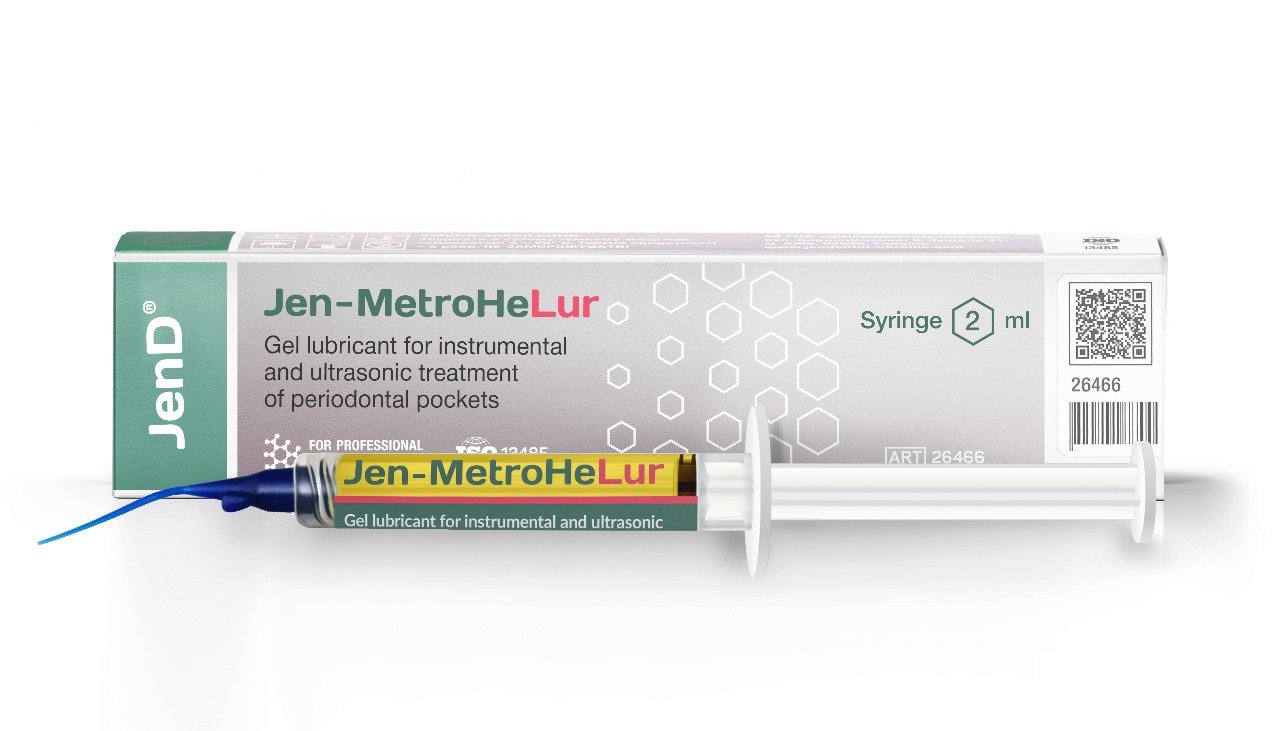

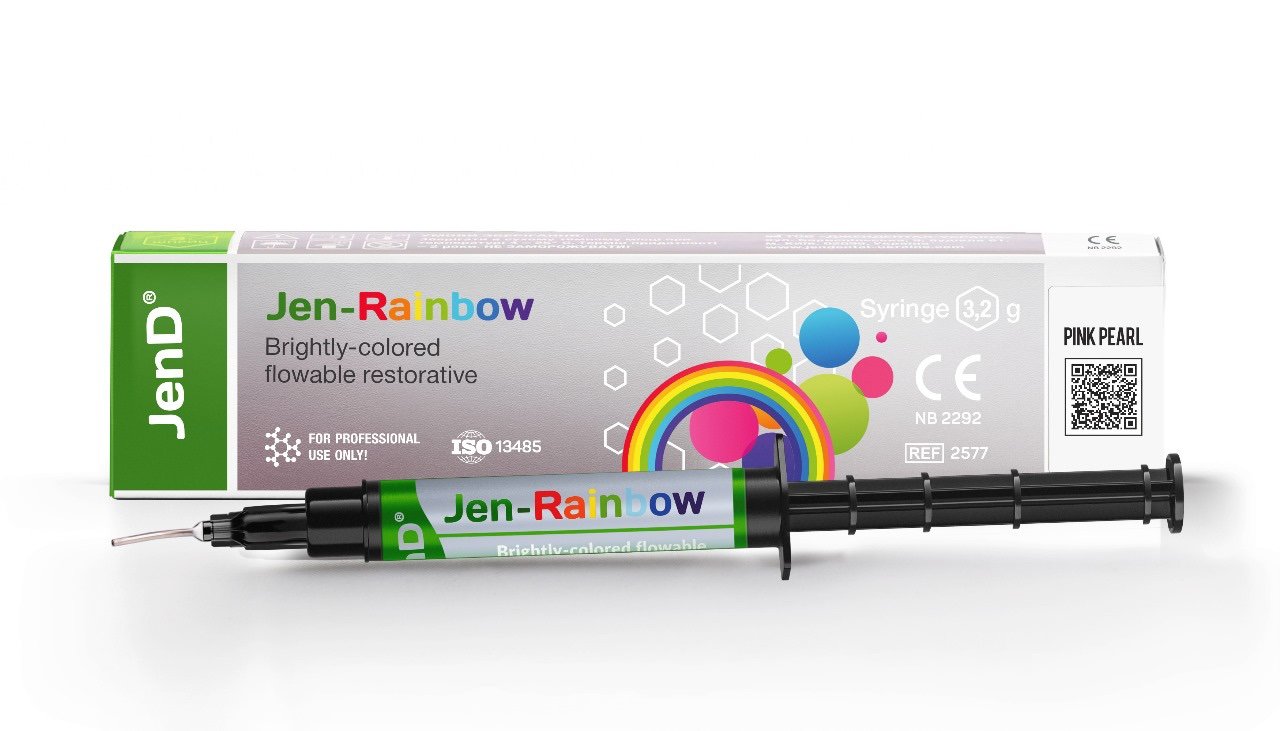


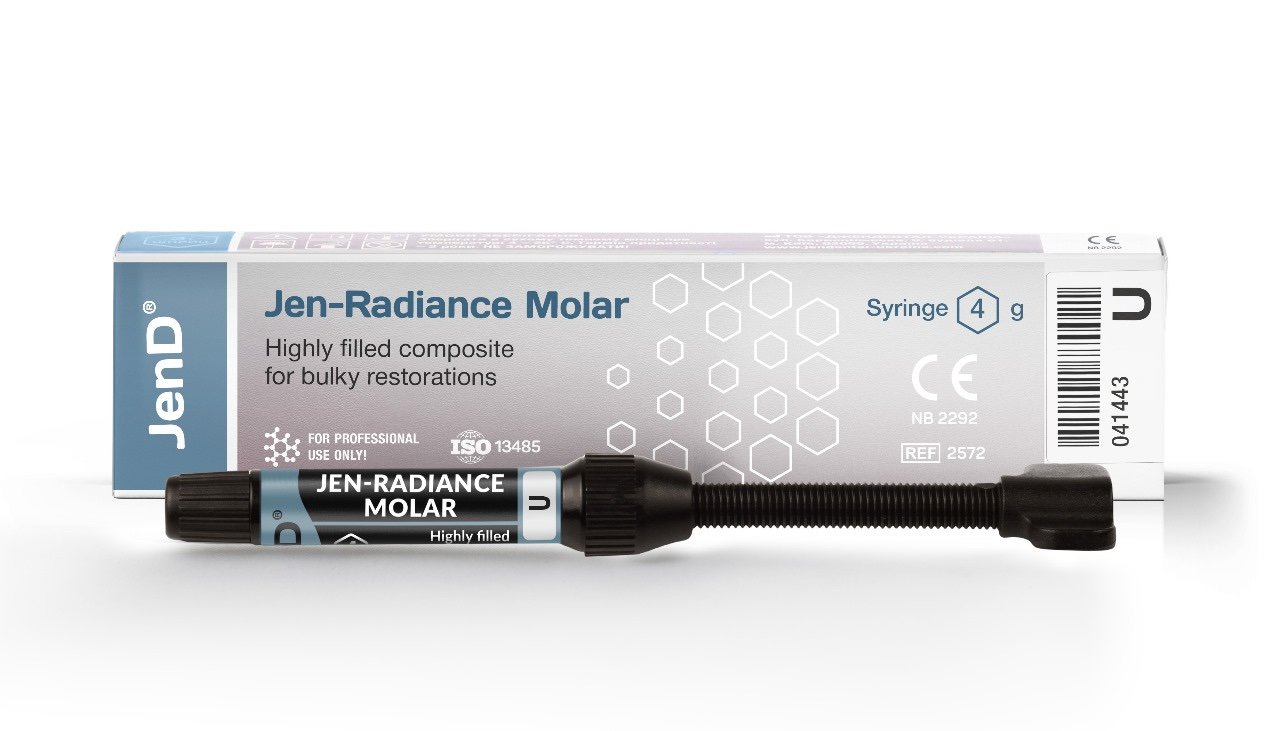
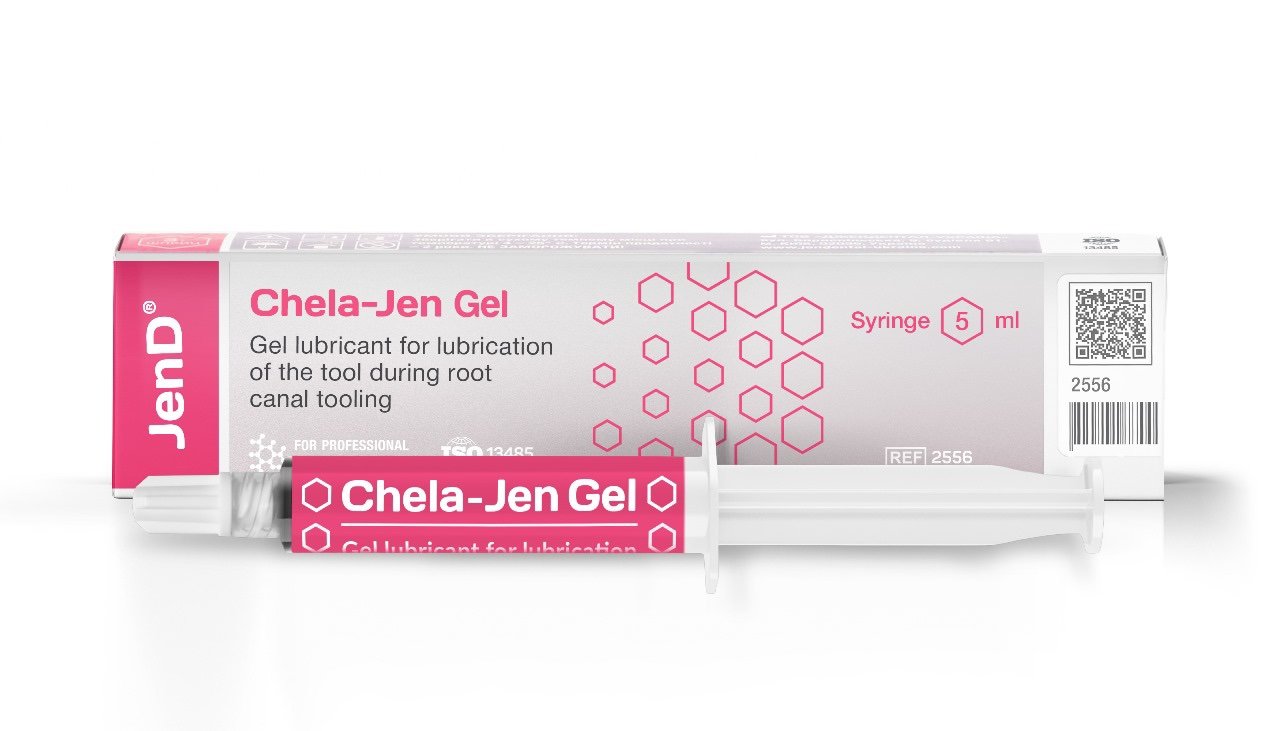
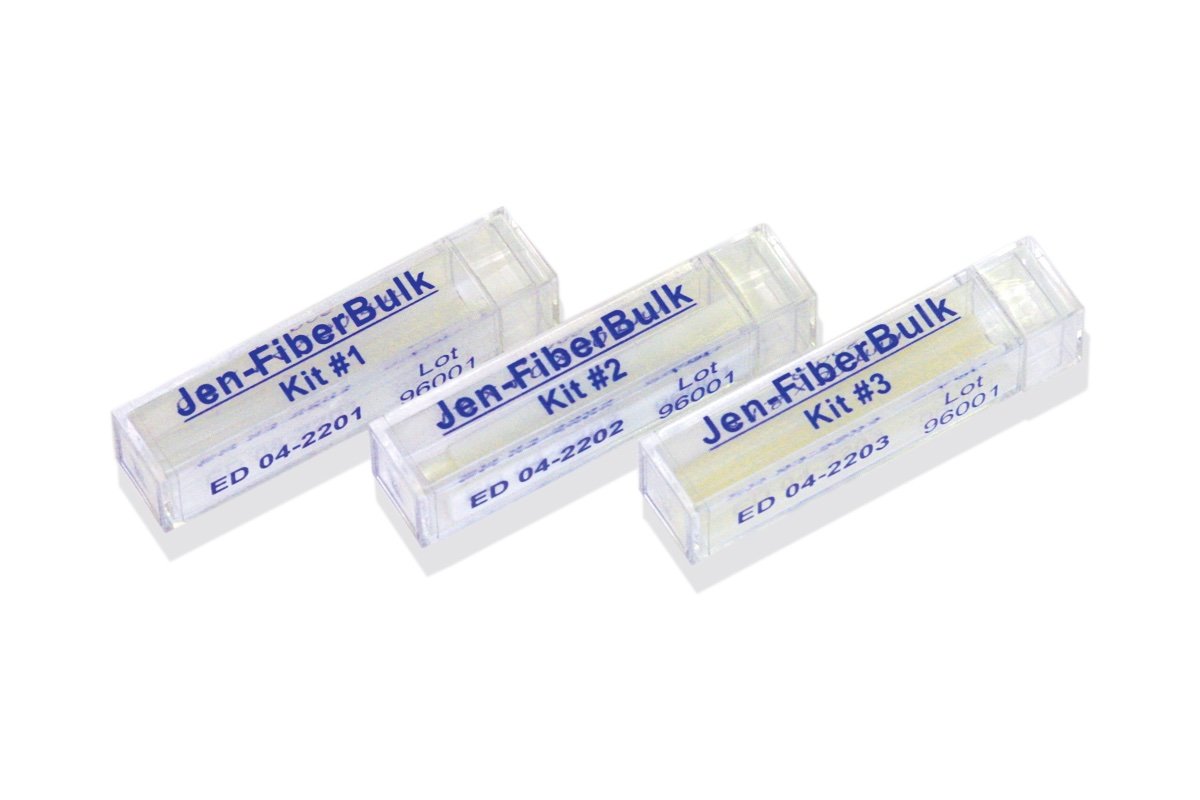
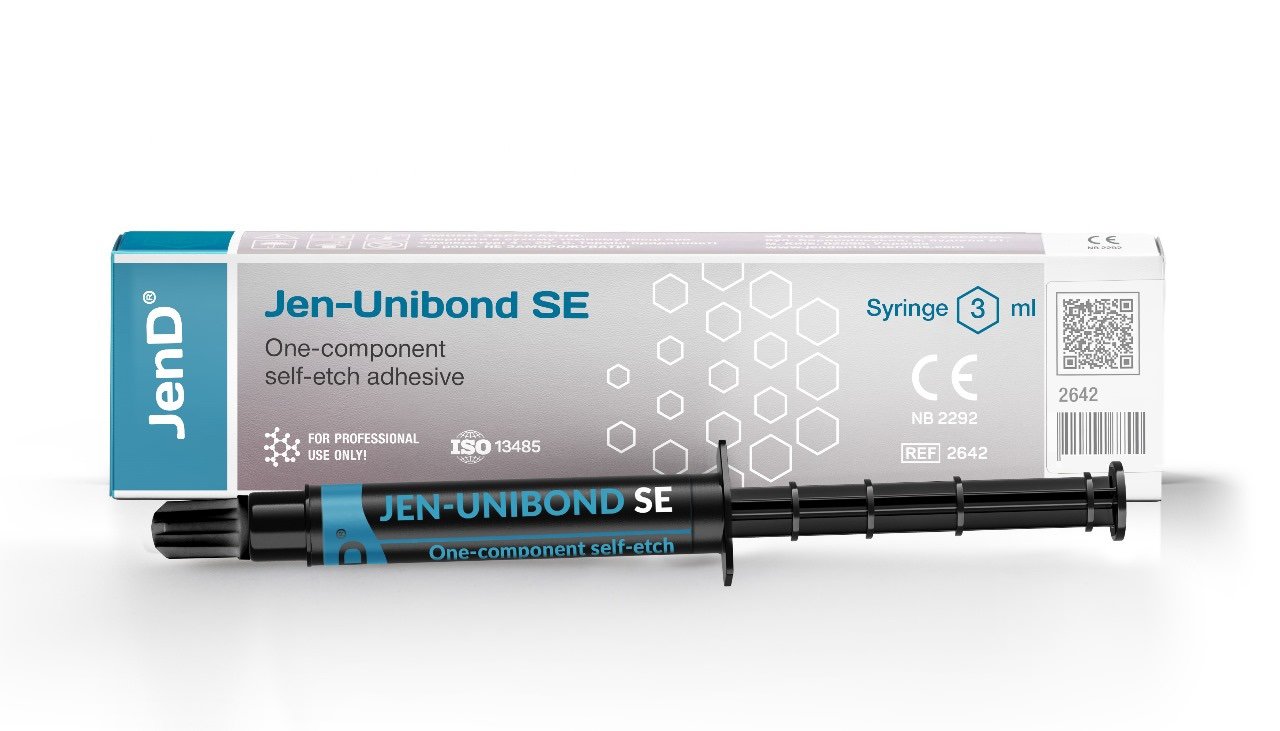
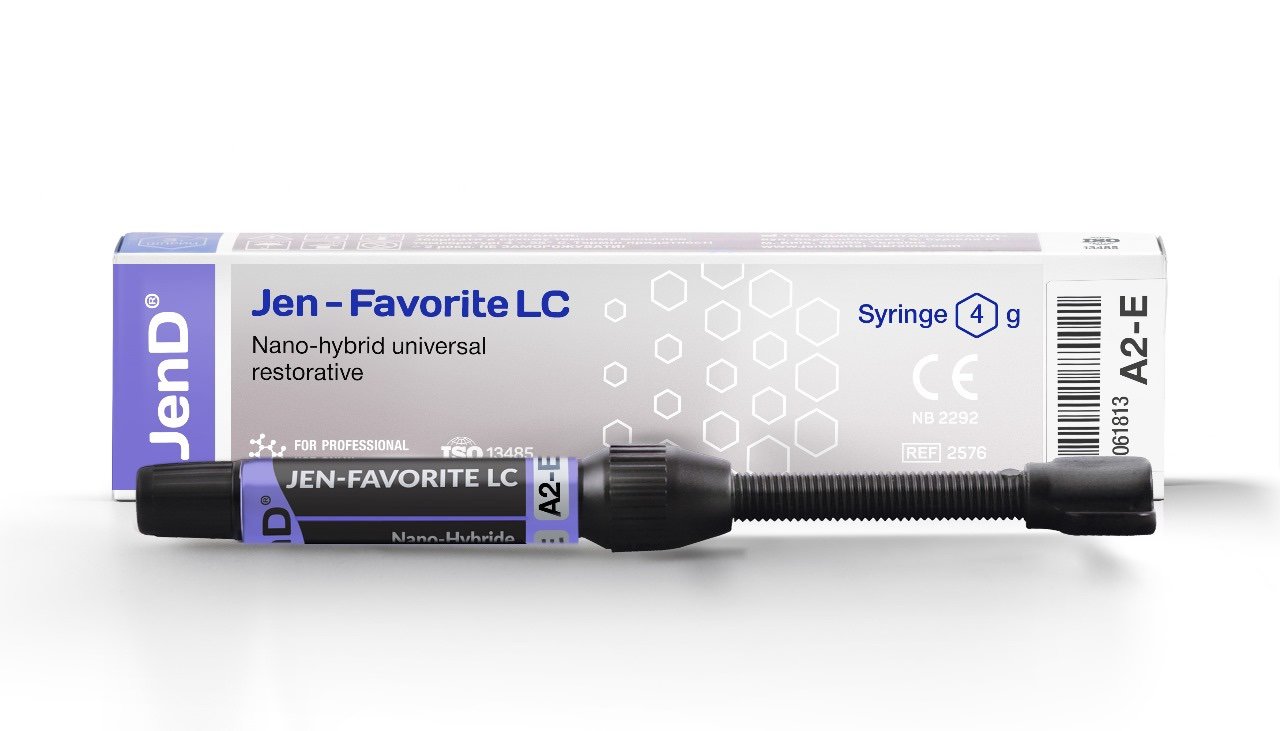
Reviews
There are no reviews yet.